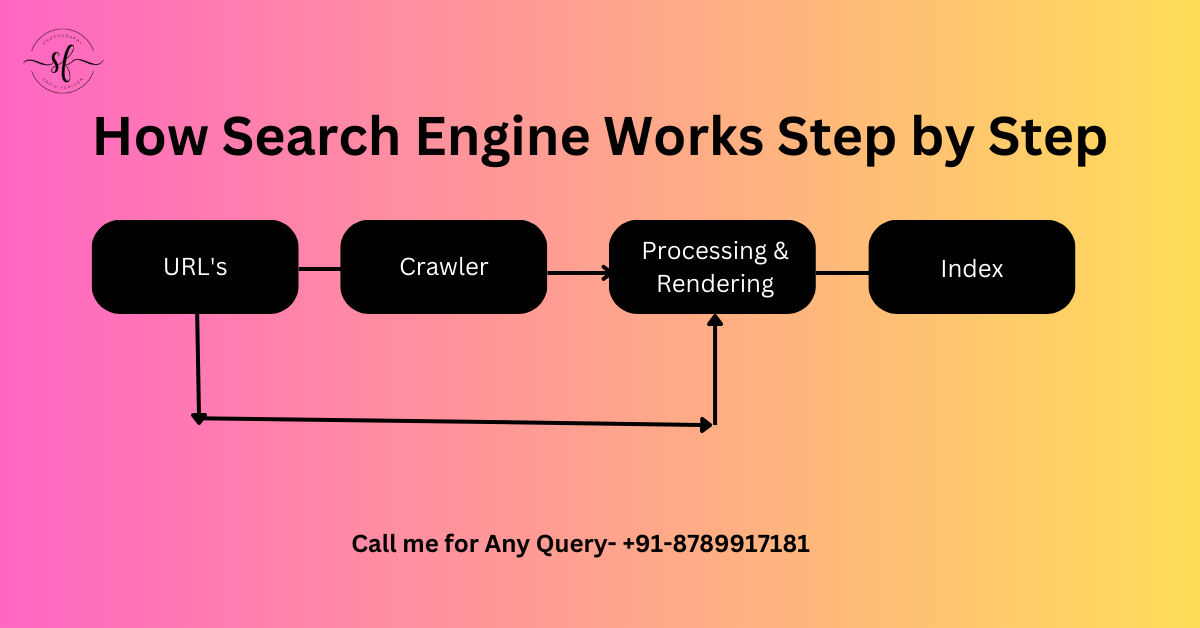Search engines, such as Google, operate through several steps to deliver relevant search results:
Crawling: Search engines use automated software called crawlers or spiders to explore the web and discover web pages. These crawlers follow links from one page to another, building an index of the web's content.
Indexing: Once a web page is discovered, search engines analyze its content and store it in a massive database called an index. This index enables quick retrieval of relevant information during a search query.
Ranking: When a user enters a search query, the search engine's algorithm analyzes the index to identify web pages that best match the query's intent. The algorithm considers various factors like keyword relevance, page quality, and user experience to determine the ranking of search results.
Retrieval: The search engine presents the search results to the user based on the ranking. The top-ranking pages are displayed first, as they are deemed most relevant to the user's query.
Displaying Results: The search engine provides a list of search results, typically with a brief description (snippet) and page URL. Users can click on the search results to access the desired web pages.
Continuous Improvement: Search engines continuously refine their algorithms to deliver more accurate and relevant search results. They consider user feedback, monitor trends, and adapt to changes in web content to enhance the search experience.
It's important to note that while search engines aim to provide the most relevant results, the order and ranking of search results can vary based on various factors, including location, personal preferences, and search history.

Comments
Post a Comment